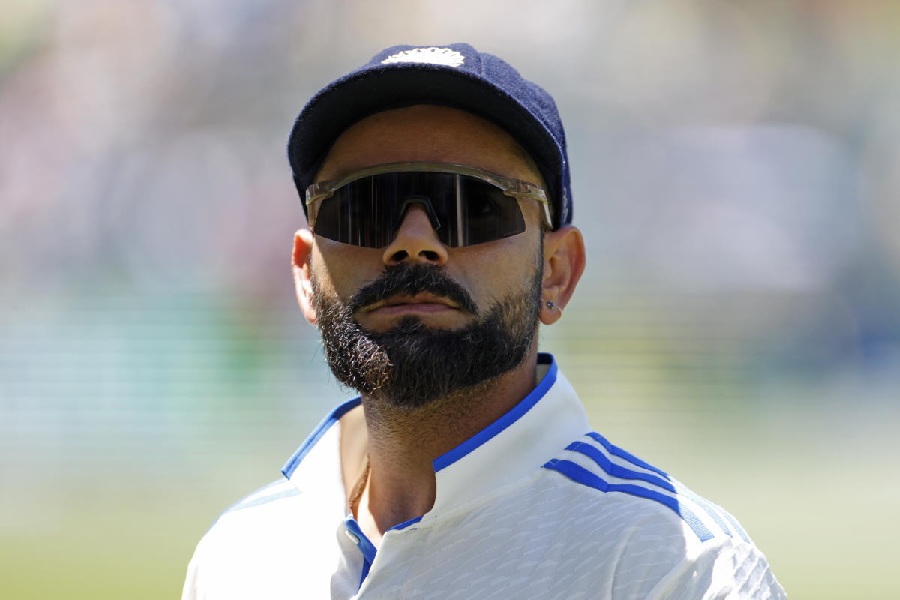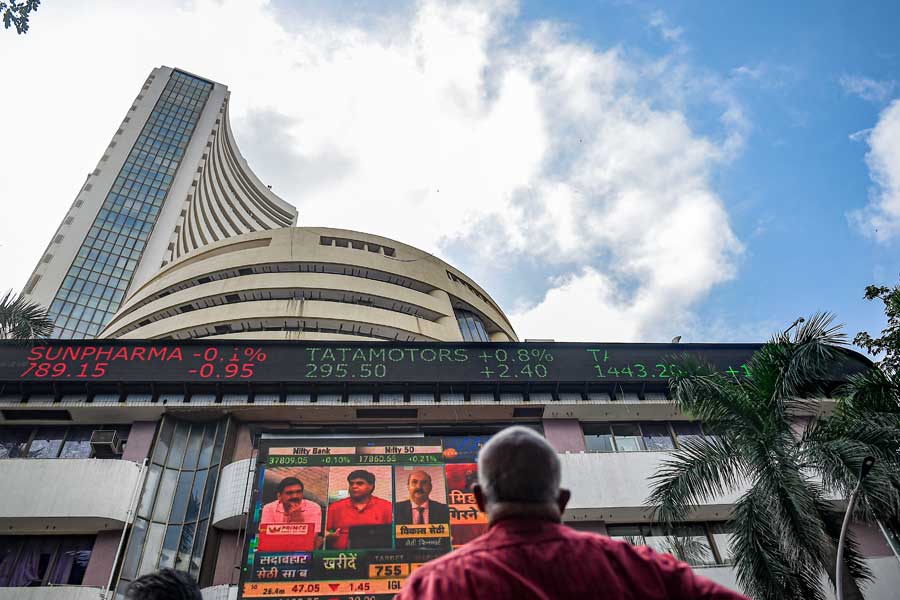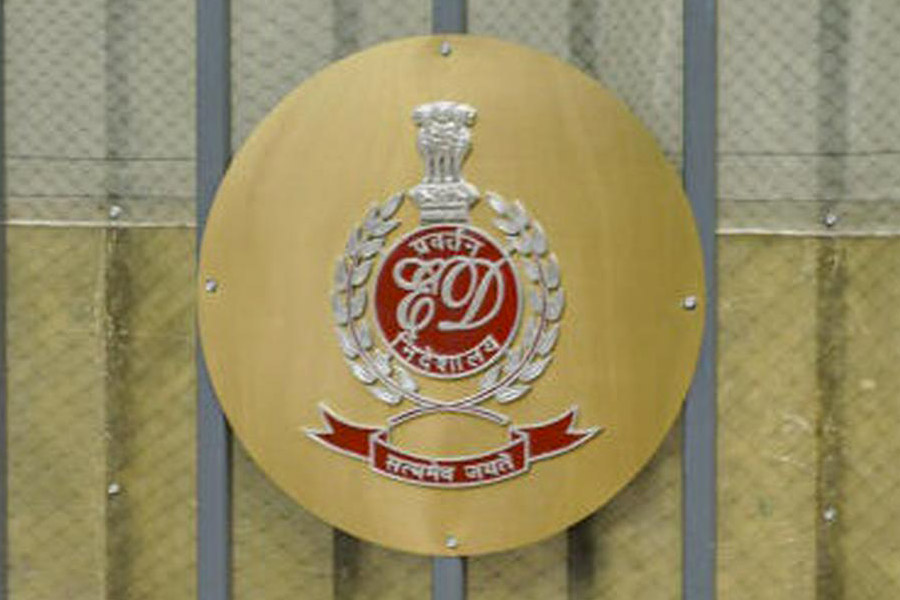Can theatre match steps with an impressionist masterpiece by Edgar Degas or hold up a mirror up to a Raja Ravi Varma oil painting? Can the elements of an Ustad Mansur miniature be incorporated into a proscenium frame? One needs to experience Ratan Thiyam’s Kanupriya to find an answer in the affirmative. If scenography has a distinctly Indian expression, this latest work from Chorus Repertory Theatre demonstrates that.
Previously performed before a private audience in Imphal on March 21, Kanupriya premiered at the Atal Bihari Vajpayee-Indian Institute of Information Technology and Management, Gwalior on March 30. Thiyam’s latest offering assumes far-reaching significance given the current political unrest in Manipur and his criticism of the State’s role in addressing the ethnic violence. With Kanupriya, based on a narrative poem by Dharamvir Bharati (1926-1997), Thiyam reiterates his stance. Rooted in the Vaishnavite cultural ethos of Manipur, this hour-long production finds resonance of the bloodshed in the northeastern state in the killing fields of Kurukshetra and makes a plea for peace.
It was raining incessantly in Imphal when this reviewer entered The Shrine, the performance space of Chorus Repertory Theatre. The pitter-patter on the tin roof, accompanied by the immersive feel of the black box, set the tone for contemplation. The moment Indira, who plays Kanupriya, stepped in from stage right, turning elegantly to Manipuri dance moves and exploring the 80-feet opening of the space, the audience was transported to a world where love blossomed to the tune of a flute. Thiyam, who translated and directed the production, keeps Kanu (played by Krishnachandra) fixed under a blooming tree mid-right with a quiver of bamboo flutes in front of him, even as the action unfolds all over the stage. The uncharacteristically light set, immaculately designed with eco-friendly material, hardly explores the vertical space but Thiyam chooses to design a sylvan landscape beside a river, charting the horizontal spread all along.
Manasi Thiyam choreographed the joie de vivre involving the heroine and her sakhis (Taruni, Rajita, Russia and Milky). The swimming sequence in the Yamuna, in which the transparent, bluish cloth indicating the river is suddenly lifted like a veil and the actors behind momentarily switch to swimming postures, is magical. Thawai Thiyam, operating the lights from the background, crafts the visual chemistry to perfection. Ratan Thiyam’s unmistakable mastery over scenography and his penchant for what he terms the “paint and erase method” find abundant expression in Kanupriya.
One was reminded of Ravi Varma’s Shakuntala in the sequence in which Kanupriya plays with her sakhis in a lily pool. Time and again, the stage floor turns into a canvas for the scenographer-director. The shringar sequence, where Kanupriya sits on a circular mat and a sakhi brings in a bell-metal lamp stand, lighting up the diyas one by one, is poetry in motion. Thiyam’s Manipuri translation of Bharati’s Hindi poem is adequate. But when he introduces a Rabindrasangeet number, “Amaar hiyar majhe”, to highlight the aura of fulfilment, the sonic allusion hints at sublimity. Towards the end, the colour palette changes to red when Kanupriya reprimands her lover for failing to ensure peace in the land. The play ends with the heroine walking in wearing white for a funeral.
Politics of the land often demands a contemplative response from the artist. In Kanupriya, art epitomises Manipur and the world as a whole.










